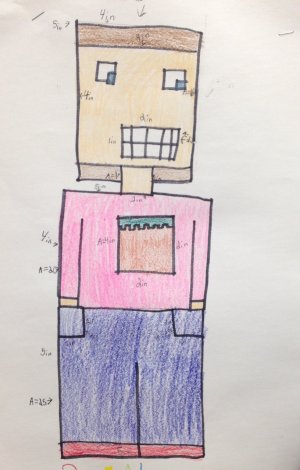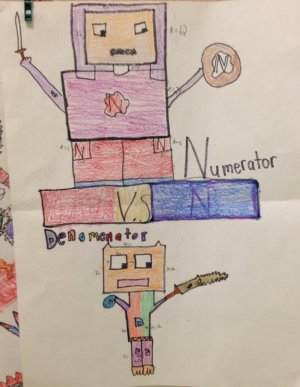Old Fashioned Integrated Fun Math Activity
I say we mandate fun in school. Imagine that? My good friend and author, Barry Lane, is a demander of fun. He does a little comedy bit in his workshops that goes a little something like…
Barry: Kids, it’s time for fun. Take out your fun folders.
Kids: Fun? Oh man, we did that yesterday.
Fun is fun, but it doesn’t always mean easy, shallow, or just useless. We all know that fun is important to living. It’s crucial to your sanity in a maniacal world. Fun comes in all shapes and sizes–– comedy, sports, music, painting, hiking, drawing. However, be aware that one person’s fun could be another person’s nightmare. My nightmare would be country line dancing, a total bummer in my eyes. But for me, getting up before the sun to go jogging is a blast. I see you shaking your head. No worries. My fun doesn’t have to be your fun. And vice-versa. If we integrate, fun or not, we cover more bread with the peanut butter (unless, of course, you have an allergy. By the way, where did all of those allergies come from?)
According to my students, here’s an integrated math activity that’s fun!

- Collaboration: 21st Century Skill! Woot!
- Art: Students use imagination to plan a creation, draw it, outline, shade, and color.
- Geometry: Students will use basic shapes to create art. Difficulty Level Power Up: Use polygons and curved edge shapes
- Measurement: Students need exact measurements on each side of shapes. Difficulty Level Power Up: Measure to the quarter inch.
- Area/Multiplication: Calculate the area of each shape in the creation: L x W= Area. Difficulty Level Power Up: Multiplying mixed numbers and Perimter
Think Minecraft: students create box-type creations using a few different math skills
Suggested progression for the activity:
- Students brainstorm in small groups for a creation idea. A rough sketch (without measurements) might help those that have a hard time creating spontaneously.
- Depending on the size of the paper, students will decide how large the creation will be––start estimating size of the shapes.
- A pencil sketch with exact measurements.
- Calculating area/perimeter.
- Outlining and shading. Maybe a name for the creation?
Real Life Job Connections
Enginneering/Architecture/Carpentry/Landscaping/Design.

Every year when I teach fractions, the names numerator and denominator always seem to be Transformer names. I usually announce the names in a deep, menacing voice. Then I thought, Hey, why not make them Transformers. Kids work in collaborative groups to create NUMERATOR and DENOMINATOR using the same skills as the above activity. Guess what? They never forget those names and their positions!